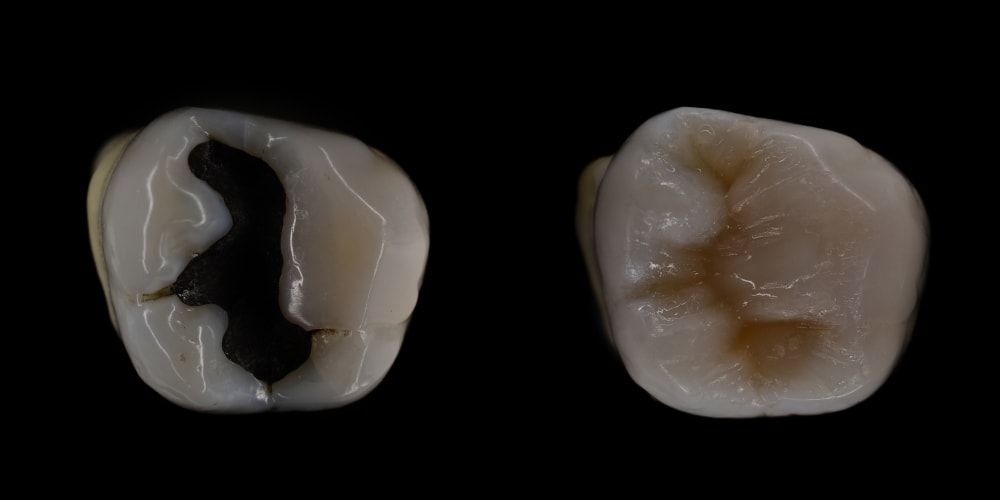What is a Composite Filling?

Fillings are a restorative method that is used when cavities develop in the teeth. Nowadays, there are several filling options available. One of these options includes composite fillings. Composite fillings are made from powdered glass and acrylic resin, and have a natural tooth-colored appearance. Because of their natural appearance, many people choose composite fillings.
Composite fillings are one of the most popular options for teeth restoration, tied with amalgam fillings. However, the advantage to composite fillings is that they blend well with natural teeth and are not as visibly noticeable as amalgam fillings. Due to this fact, composite fillings are commonly used to fill cavities on the front teeth or on teeth that are visible while smiling.
To place a composite filling, your dentist will first begin by numbing your mouth. Next, they will remove all the decayed tissue from the tooth. Once the decay has been completely removed, the remaining space will be cleaned and prepared for the filling. Sometimes, a special mediation will be added, especially if the decay was nearby to a nerve. At this point, the composite filling will be placed, shaped, and polished. Composite fillings can usually restore a tooth back to its normal function in one appointment. After the filling is placed, patients may experience tooth sensitivity to temperature while the tooth acclimates to the new filling. This is usually decreased in a few days and will fade completely once the tooth has adjusted.
As mentioned before, composite fillings are ideal for the front teeth or for any teeth that are visible when smiling. Additionally, the provide appropriate filling solutions for small to medium cavities and can also be used to repair damaged or chipped teeth. However, they may not always be the most appropriate choice for larger cavities or for teeth that are not immediately visible.
Part of this is because of the potential cost. Composite fillings may or may not be covered by dental insurance, however amalgam fillings usually are. When composite fillings are covered, it is usually only for those teeth visible when smiling. Otherwise, companies will provide coverage for a different type of filling.
Another reason is that composite fillings, while visually superior to amalgam fillings, are not as durable as amalgam fillings. Since they are made from a plastic or acrylic material, then do not hold up as well, especially in locations that get a good deal of wear. Depending on the location and size of the filling, composite fillings may or may not be the best choice.
If you would like more information on composite fillings or if you are curious to know if a composite filling would meet your dental needs, schedule a consultation with Dr. Singh or Dr. Bullard of Smiling Kids Pediatric Dentistry Indianapolis today and find out what the right filling for you is!

